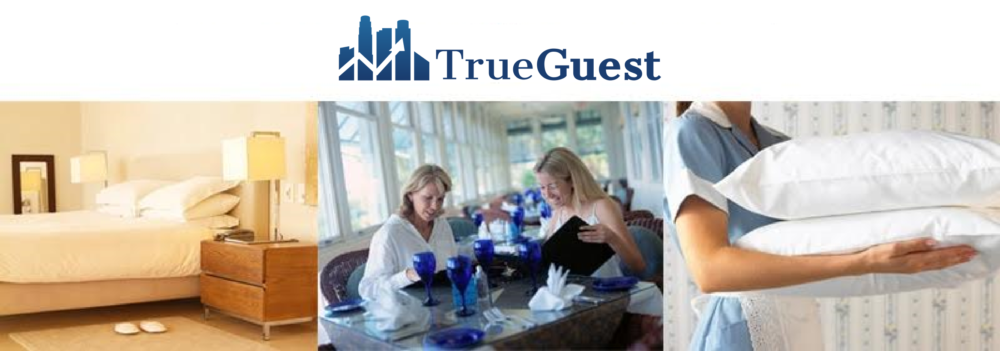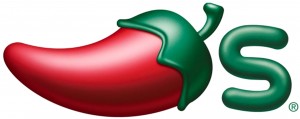Dear TrueGuest,
We really need to increase our average check in our restaurant and the bar. We have been working on making menu recommendations but have not seen any improvement. What types of items should our employees recommend?
Great question, thank you! Having restaurant servers and bartenders make menu recommendations is definitely the key to increasing your average check. Here are a few tips:
- Make sure that employees only recommend items that they have personally tried and love. It sounds like a no-brainer, but we have this conversation all of the time. The server says, “our fish tacos are incredible and a must order”. We ask, “do they have cilantro on them?” Server says, “I have no idea”. I guess they are not her favorite after all! Make sure you are doing regular menu tastings with your team.
- Allow your employees to choose what they recommend, but have some limitations. Here is where restaurants often run into trouble. You start telling your servers that they must make recommendations but don’t provide any guidelines. They tend to do one of two things, over or under recommend. Half the servers immediately recommend the most expensive item on your menu. They think they will increase their sales and their tips. Unfortunately, most guests do not fall for that and are turned off when you recommend the most expensive item. The other half of the servers then under recommend. When asked about entrees, they say something like, “you should get the chicken quesadilla appetizer, it is more than enough for an entree.” Now, instead of increasing the check, they decreased it. They took away an appetizer sale and sold the analyst a $9 entree instead of a $22 entree. Ouch! Continue reading



 The Wall Street Journal posted a great article on the rise of employee theft as a result of the recession. You can read the entire article on MSN’s Money page here. The article reports that ‘New research shows that employers are seeing an increase in internal crimes, ranging from fictitious sales transactions and illegal kickbacks to the theft of office equipment and retail products meant for sale to customers.’ The article also mentions that ‘To many employers’ chagrin, the workers guilty of the most grandiose theft frequently turn out to be those deemed to be highly trustworthy’.
The Wall Street Journal posted a great article on the rise of employee theft as a result of the recession. You can read the entire article on MSN’s Money page here. The article reports that ‘New research shows that employers are seeing an increase in internal crimes, ranging from fictitious sales transactions and illegal kickbacks to the theft of office equipment and retail products meant for sale to customers.’ The article also mentions that ‘To many employers’ chagrin, the workers guilty of the most grandiose theft frequently turn out to be those deemed to be highly trustworthy’.